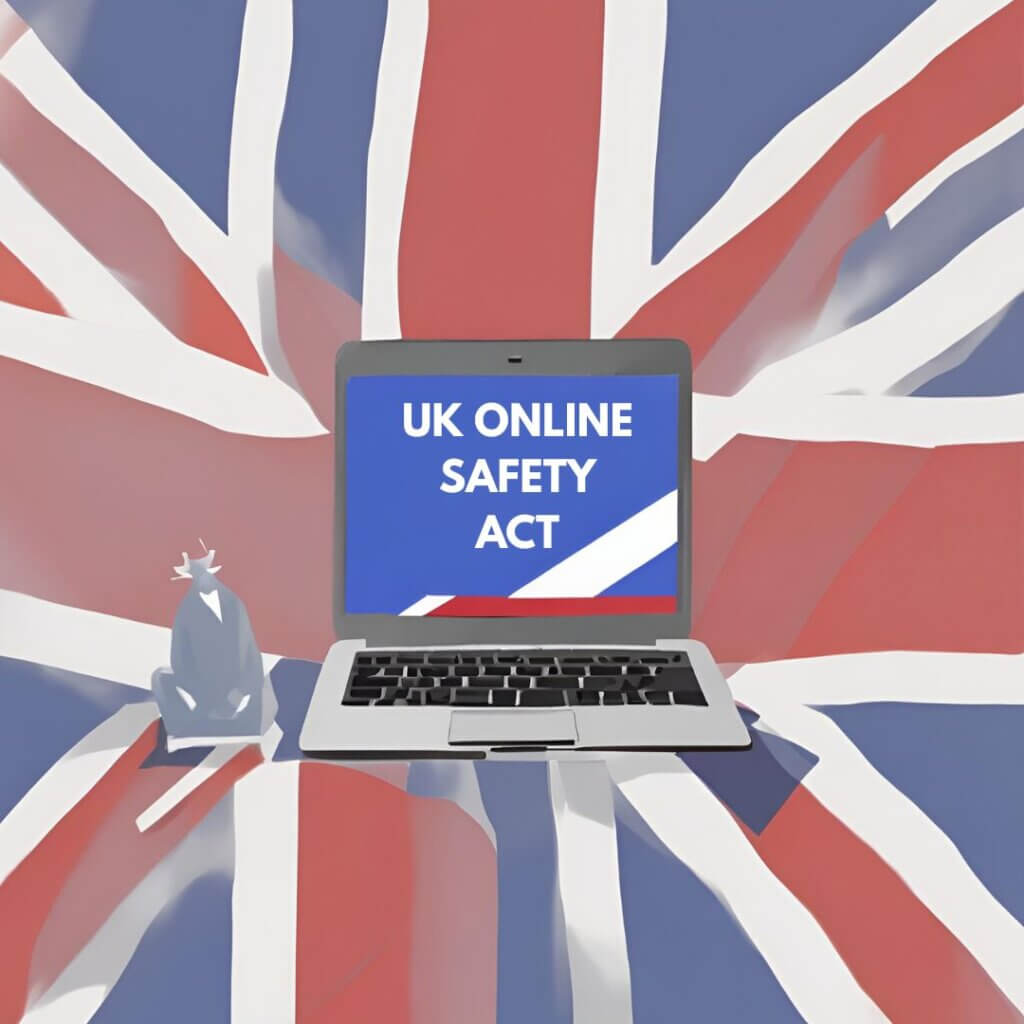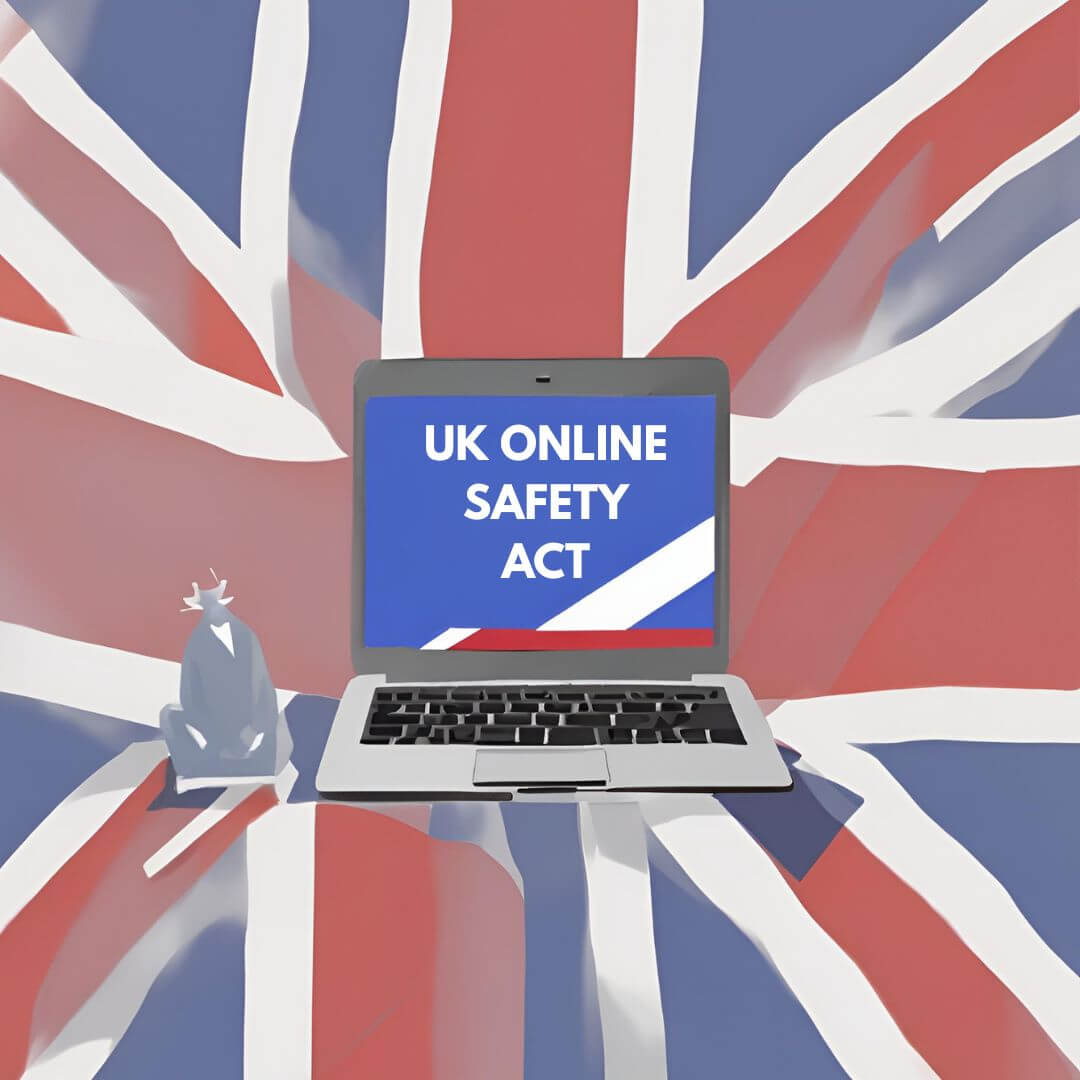UK Online Safety Act
How does this impact your Ecommerce Business
The bustling marketplace of ecommerce is growing, and as a result, so have the risks. Leading to the UK’s most significant piece of online legislation in years: the Online Safety Act 2023.
You may have heard the whispers from the social media giants (and that some content is harder to access nowadays) but what does this mean for your ecommerce business?
Now we’re not going to turn into a legal advice blog overnight. But it’s important we address this; the Act’s long reach means many businesses—even those that don’t consider themselves “social media platforms”—have new obligations.
Let’s visit the Law itself…
The Online Safety Act 2023 became law on October 26, 2023, and its provisions are rolling out in phases. Here’s a quick timeline of what’s already happened:
- Illegal Content Duties (March 17, 2025): This is the big one for all online service providers. You are now required to assess and address the risks of illegal content on your service. This includes things like child sexual abuse material, terrorist content, and other serious harms. Non-compliance could lead to massive fines—up to £18 million or 10% of your global turnover.
- Child Protection Duties (July 25, 2025): The second phase brought in strict rules to protect minors. This includes robust age verification for accessing adult content and a broader obligation to prevent children from encountering other harmful content, like bullying, hate speech, or dangerous challenges.
Pretty much, everyone is affected. So, where does your e-commerce site fit in?
Key question here: Do you host user generated content?
This is the central issue, by applying to services that allow users to post, upload, or share content for others to see. This is why Reddit, Spotify, and Xbox are all affected.
They are “user-to-user services.”

Here’s a quick-fire list of what might trigger the Act’s rules for an e-commerce business:
- Customer reviews or product ratings: If you have a system where users can leave comments or reviews on your products, this is classed as user-generated content.
- Customer forums or community pages: Any kind of chat or forum where your users can interact with each other.
- Image or video uploads: If customers can upload photos or videos to showcase a product, or as part of a review.
- User profiles with publicly visible content: If your customers have profiles where they can post information or interact with others.
If your website is simply a storefront with product descriptions and a checkout button, you are likely in the clear. But if you have any of the features listed above, you need to take note. Feel free to get in touch below if you are unsure…
New Age Verification: A Significant Shift for Some Websites
In July, the Act imposed new legal requirements for “highly effective” age verification, initiating a major change for many sites and some huge fines for non-compliance.
Simple “Are you over 18?” checkboxes are no longer enough. Now, sites with user-generated content that could contain harmful material may need to adopt robust methods like facial scans, ID checks, or bank verification. This is a massive leap for businesses that once had a seamless, login-free user experience.
So, how do you comply?
The Act is regulated by Ofcom, the UK’s communications regulator. They have been releasing guidance and codes of practice to help businesses comply. The core responsibility is to:
- Conduct Risk Assessments: You need to proactively identify and evaluate the risks of illegal and harmful content on your platform.
- Implement Safeguarding: Based on your risk assessment, you must put in place measures to mitigate those risks. This could mean updating your terms and conditions, introducing new moderation tools, or creating clear reporting mechanisms for users.
- Be Transparent: You’ll need to be transparent about your safety policies and how you handle user-generated content. Include these on your site.
The good news is that the obligations are tiered based on the size and functionality of the service. A small e-commerce site with a simple review section won’t have the same extensive duties as a massive social media platform. But even smaller services have a baseline of obligations they must meet.
Latest Posts:
- UK Online Safety ActThe UK Online Safety Act – how it affects your e-commerce business…
- WordPress 6.8 LaunchThe latest WordPress ‘Cecil’ update is here, bringing a wave of refinements, security enhancements, and performance boosts…
- Digital SecurityWe often get asked, what do ECS do? That’s a great question and is sometimes hard to answer as we cover such a wide variety of services and topics!
Key Takeaways For Our Customers…
We don’t believe in causing unnecessary alarm, but we do believe in being prepared. For the vast majority of our customers, the Online Safety Act will likely have a minimal direct impact.
However, if your business model includes any form of user-to-user interaction or publicly visible user-generated content, you need to be aware of this new legislation. We advise you to review your website’s features and consider if they fall under the Act’s scope.
This isn’t about being the “fun police,” it’s about ensuring your business is legally compliant and, most importantly, creating a safe and trustworthy online environment for your customers.
Stay informed and up to date now and it will save you a lot of hassle down the line!



